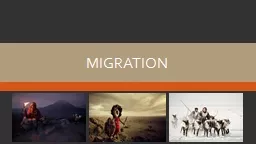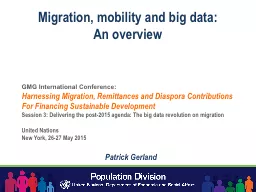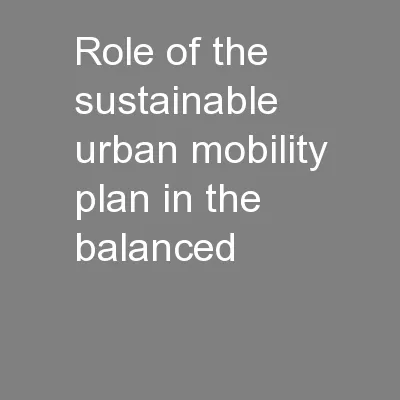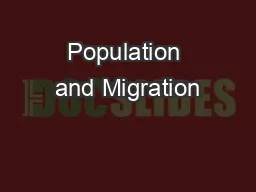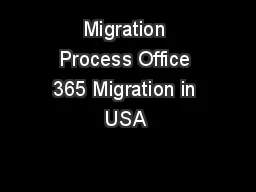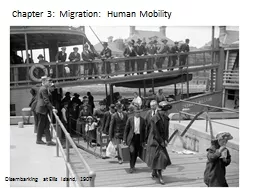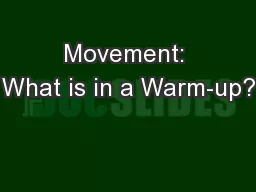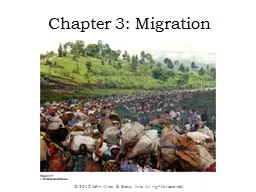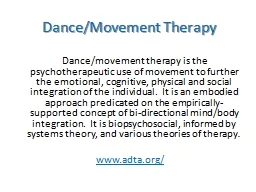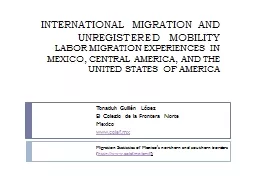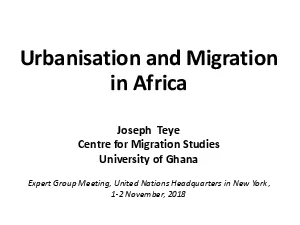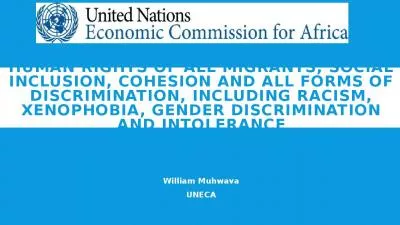PPT-Migration Movement Mobility
Author : natalia-silvester | Published Date : 2018-10-29
is a generalized term that refers to all types of movements Journeying each day to work or school Weekly visits to local shops Annual trips to visit relatives
Presentation Embed Code
Download Presentation
Download Presentation The PPT/PDF document "Migration Movement Mobility" is the property of its rightful owner. Permission is granted to download and print the materials on this website for personal, non-commercial use only, and to display it on your personal computer provided you do not modify the materials and that you retain all copyright notices contained in the materials. By downloading content from our website, you accept the terms of this agreement.
Migration Movement Mobility: Transcript
Download Rules Of Document
"Migration Movement Mobility"The content belongs to its owner. You may download and print it for personal use, without modification, and keep all copyright notices. By downloading, you agree to these terms.
Related Documents

